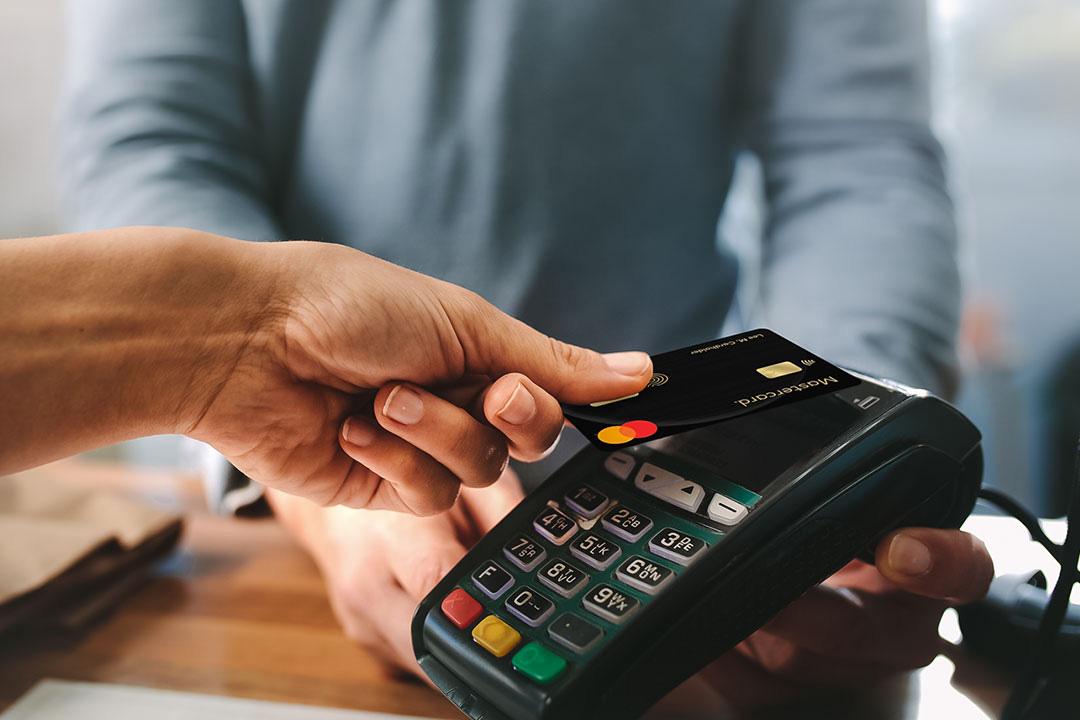The contactless payment market continues to surge, driven by technological advancements, consumer demand for seamless experiences, and the push toward digital economies. As global adoption accelerates, understanding the regional performance and competitive landscape is key to identifying where the greatest opportunities—and challenges—exist.
Global Market Snapshot
The global contactless payment market is projected to exceed USD 150 billion by 2030, fueled by rapid digital transformation, expanding smartphone penetration, and widespread merchant adoption. While the concept of "tap-and-go" is now commonplace in many countries, the pace and pattern of adoption vary significantly by region.
Regional Performance Overview
🌍 North America
-
Status: Mature market with high penetration.
-
Key Drivers: Advanced payment infrastructure, widespread smartphone usage, and strong consumer preference for convenience.
-
Trends: Rapid adoption of mobile wallets like Apple Pay and Google Pay, and increasing use of wearables for payments.
-
Challenges: Market saturation and competition among payment platforms.
🌍 Europe
-
Status: Among the global leaders in contactless adoption.
-
Key Markets: UK, France, Germany, and the Nordic countries.
-
Drivers: Government mandates to limit cash usage, high NFC card circulation, and progressive financial regulations.
-
Trends: Integration with public transport systems and growing demand for biometric-enabled contactless solutions.
🌍 Asia-Pacific
-
Status: Fastest-growing region in the contactless payment market.
-
Key Markets: China, India, Japan, South Korea, and Southeast Asia.
-
Drivers: Mobile-first populations, massive fintech investment, and government-led digital payment initiatives.
-
Trends: Dominance of mobile wallets (e.g., Alipay, WeChat Pay, PhonePe), QR-code-based payments, and fintech disruption.
-
Opportunities: Untapped rural markets and increased financial inclusion efforts.
🌍 Latin America
-
Status: Emerging market with rising adoption.
-
Key Markets: Brazil, Mexico, Argentina.
-
Drivers: Expanding fintech ecosystems, smartphone access, and digital banking growth.
-
Challenges: Infrastructure limitations, financial exclusion.
-
Trends: Partnerships between traditional banks and fintech startups to boost adoption.
🌍 Middle East & Africa
-
Status: Developing market with strong long-term potential.
-
Key Drivers: Government-backed digital transformation agendas, increasing mobile usage, and the rise of fintech.
-
Challenges: Cash-centric economies, digital literacy, and uneven access to internet and financial services.
-
Opportunities: Leapfrogging to mobile and contactless solutions, especially in urban centers.
Competitive Landscape
The contactless payment market is highly competitive, with traditional financial institutions, tech giants, and nimble fintech startups all vying for dominance.
🔹 Major Global Players
-
Visa and Mastercard: Leading providers of contactless-enabled credit and debit cards. Strong global presence and partnerships with banks and retailers.
-
Apple Pay, Google Pay, Samsung Pay: Dominating the mobile payment space with seamless integration into smartphone ecosystems.
-
PayPal and Square: Expanding into physical payments through contactless POS systems and digital wallets.
🔹 Regional Fintech Innovators
-
Asia-Pacific: Alipay, WeChat Pay, Paytm, GrabPay—leading the mobile-first revolution.
-
Latin America: Mercado Pago, Nubank, PicPay—focusing on financial inclusion and user-friendly platforms.
-
Africa: M-Pesa, Flutterwave—transforming mobile payments in underbanked regions.
🔹 POS and Payment Infrastructure Providers
-
Companies like Ingenico, Verifone, and Square provide the backbone infrastructure that enables merchants to accept contactless payments.
Strategic Trends in the Competitive Landscape
-
Consolidation and Partnerships
Mergers, acquisitions, and alliances between fintechs, banks, and tech companies are reshaping the competitive environment. -
Product Innovation
Market leaders are investing in biometric authentication, blockchain, and AI to improve security and personalize user experiences. -
Expansion into New Segments
Players are targeting untapped verticals such as healthcare, education, and public sector payments to diversify their offerings. -
Focus on Customer Experience
As the market matures, companies are differentiating themselves by enhancing speed, reliability, rewards programs, and loyalty integrations.
Conclusion
The contactless payment market is undergoing rapid, global expansion—fueled by regional innovation and fierce competition. While each region presents unique challenges and opportunities, the shared direction is clear: a world increasingly comfortable with, and reliant on, tap-and-go convenience.
As the competitive landscape continues to evolve, businesses that prioritize user trust, seamless integration, and market-specific strategies will be best positioned to lead the charge in this dynamic financial frontier.



